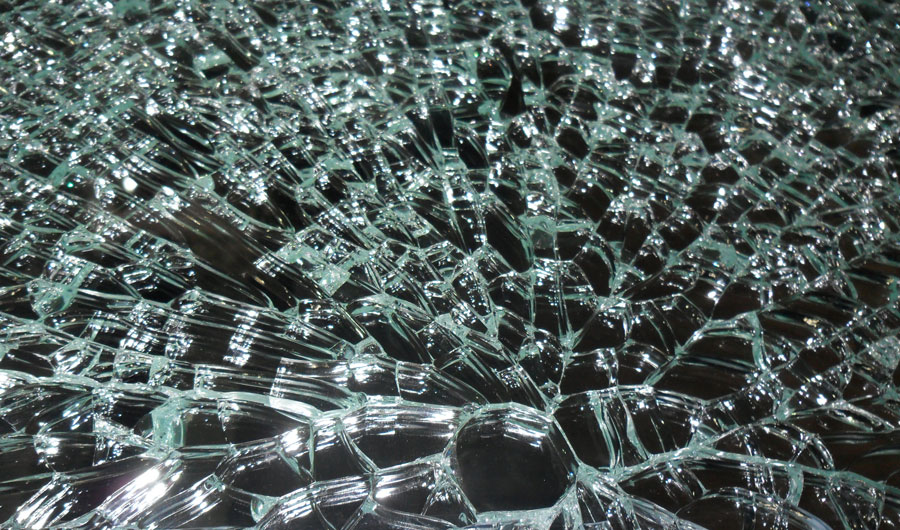BRIEF: Batteries That Crack Like Safety Glass

Image credits: Violetbonmua via Wikimedia Commons
Rights information: CC BY-SA 3.0
(Inside Science) -- Researchers from Oak Ridge National Laboratory in Tennessee have found a way to make lithium-ion batteries more resilient against mechanical failure. The prototype battery, inspired by safety glass, can crack and splinter when damaged, preventing an otherwise full-scale short circuit. The researchers published the discovery online today in the journal Joule.
Short-circuited, lithium-ion batteries can lead to dangerous runaway reactions and even result in explosions -- you may remember the exploding Samsung Galaxy Note 7s. The batteries are also known to start fires in electric cars when the batteries themselves are damaged, for example, during car crashes.
By cutting slit patterns into a flat battery, the researchers created a prototype that is designed to fracture along perforated lines when damaged. The breaks aren’t catastrophic, so the battery can continue working. The researchers tested the prototype by puncturing it with a dart, and found that it maintained 93 percent of its capacity. The same test for a nonperforated battery resulted in total failure.
The researchers claim that the new technique should only add a small amount to the overall production cost of the batteries. While initial results are hopeful, the researchers caution that more extensive testing is needed before “safety glass” batteries make it into your smartphone.

